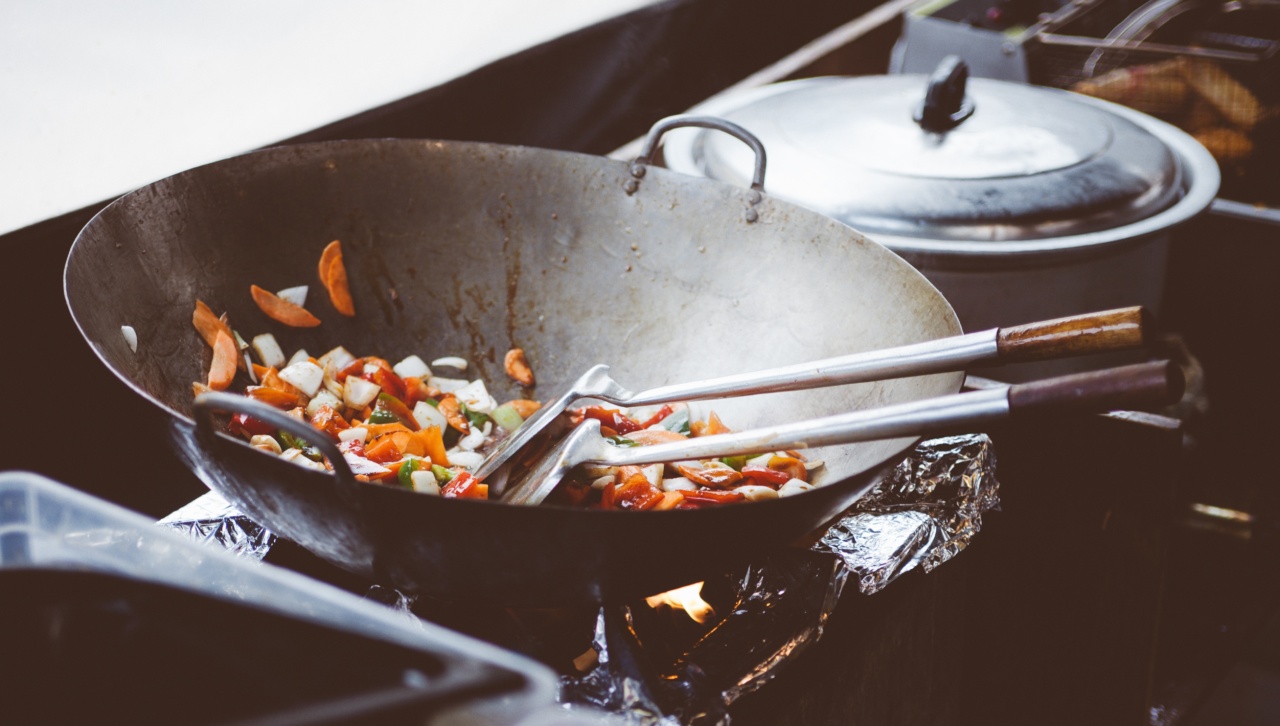Reheating leftovers is a convenient and practical way to enjoy a second round of your favorite meals. However, it’s essential to handle leftovers with care to prevent food poisoning.
Foodborne illnesses can occur if microorganisms in the leftovers multiply to dangerous levels during storage or reheating.
Understanding the Risks
When food is initially cooked, it can contain bacteria, viruses, and other pathogens. While cooking kills most of these microorganisms, some heat-resistant ones can survive.
These surviving pathogens can multiply during improper reheating, leading to foodborne illnesses.
Tips for Safe Reheating
To avoid the risk of food poisoning when reheating leftovers, follow these guidelines:.
1. Proper Storage
In order to reheat leftovers safely, proper storage is crucial. Food should be refrigerated within two hours of cooking. Divide large portions into smaller, shallow containers to cool quickly and uniformly.
Securely cover the containers to prevent contamination and store them in the refrigerator at or below 40°F (4°C).
2. Check Before Reheating
Before reheating leftovers, check their appearance, smell, and texture. Discard any leftovers that appear spoiled, have an off smell, or a slimy texture. These are signs of spoilage and could indicate the presence of harmful bacteria or toxins.
3. Reheat Promptly
Reheat leftovers promptly to minimize the time they spend in the temperature danger zone (40°F to 140°F or 4°C to 60°C). Pathogens can multiply rapidly within this temperature range.
4. The Thorough Reheating Rule
Ensure that leftovers are reheated thoroughly to an internal temperature of 165°F (74°C). Use a food thermometer to check the temperature in the thickest part of the food.
Microwaving, baking, or stovetop heating are effective methods for reaching these temperatures.
5. Cover During Reheating
Covering food while reheating helps trap steam and distribute heat more evenly, promoting thorough heating. Use microwave-safe lids, microwave-safe plastic wraps, or microwave-safe paper towels to cover food in the microwave.
For stovetop or oven reheating, use foil or oven-safe lids to cover the containers.
6. Stir and Rotate
When reheating in the microwave, stir the food midway through the cooking process to ensure even heating. For stovetop or oven reheating, rotate the containers or pans to heat the food uniformly.
This helps eliminate cold spots where bacteria can survive.
7. Avoid Reheating Too Often
Repeated reheating can promote bacterial growth. It’s best to reheat leftovers only once. Plan your leftovers in portion sizes that you can consume in one go to avoid excessive reheating.
8. Don’t Leave Reheated Food at Room Temperature
Avoid leaving reheated food at room temperature for extended periods. Either serve and consume the reheated food immediately or refrigerate it promptly after reheating.
9. Safe Storage After Reheating
After reheating, store any uneaten leftovers promptly. Transfer the food to clean, airtight containers and place them in the refrigerator. Consume reheated leftovers within two to three days, and if in doubt, discard them.
10. Educate Yourself About High-risk Foods
Some foods are more prone to bacterial contamination, such as meats, poultry, seafood, dairy products, and cooked rice.
Educate yourself about the potential risks associated with specific high-risk foods and take extra precautions when handling and reheating them.
Conclusion
Reheating leftovers can be a completely safe and convenient way to enjoy your favorite dishes again. By following these guidelines and tips for safe reheating, you can minimize the risk of food poisoning and confidently enjoy your reheated meals.
Remember to properly store your leftovers, conduct pre-reheating checks, reheat thoroughly, and store any uneaten leftovers promptly. With these practices in place, you can enjoy your leftovers without fear of food poisoning.


























